Year after year, MB&F surprises connoisseurs with watches that look and function totally unlike all other familiar timepieces. In this wide-ranging Q&A, Max Büsser, the founder and creative mastermind of this Geneva-based brand, talks about his concept, which sees a watch as a work of art.

WT: How would you explain your brand’s concept to someone who has never heard of MB&F?
MB: MB&F is a decision about life. It’s not a business idea. Why we exist is probably more important than what we do. To explain MB&F, I have to tell you my life story. I was a very creative child. I wanted to be an automobile designer. Later, I was an extremely boring young adult. Watchmaking saved my life.
WT: How?
MB: After I had earned a degree in microtechnology, I expected to work for a big Swiss company. But one day while skiing, I chanced to meet Henri-Jean Belmont, who was Jaeger-LeCoultre’s CEO at that time. He asked me what I wanted to do with my life. I said I would like to work for a big corporation. He said, “If that doesn’t pan out, I could offer you a job.” One week later, he asked someone on his staff to phone me and invite me to a meeting. I traveled to Vallée de Joux and underwent the most amazing job interview of my entire life. It lasted three hours. Belmont didn’t ask me a single question the entire time. He simply tried to convince me to join his team. Why? Because the watch industry was dead 26 years ago. Nobody was buying mechanical watches. It was all about quartz and nothing else. No one wanted to live or work in Vallée de Joux. That’s why he tried so hard to convince me. He led me through the empty factory buildings and said that he wanted to create a job expressly for me. I would be the product manager, a position that hadn’t existed in the past.
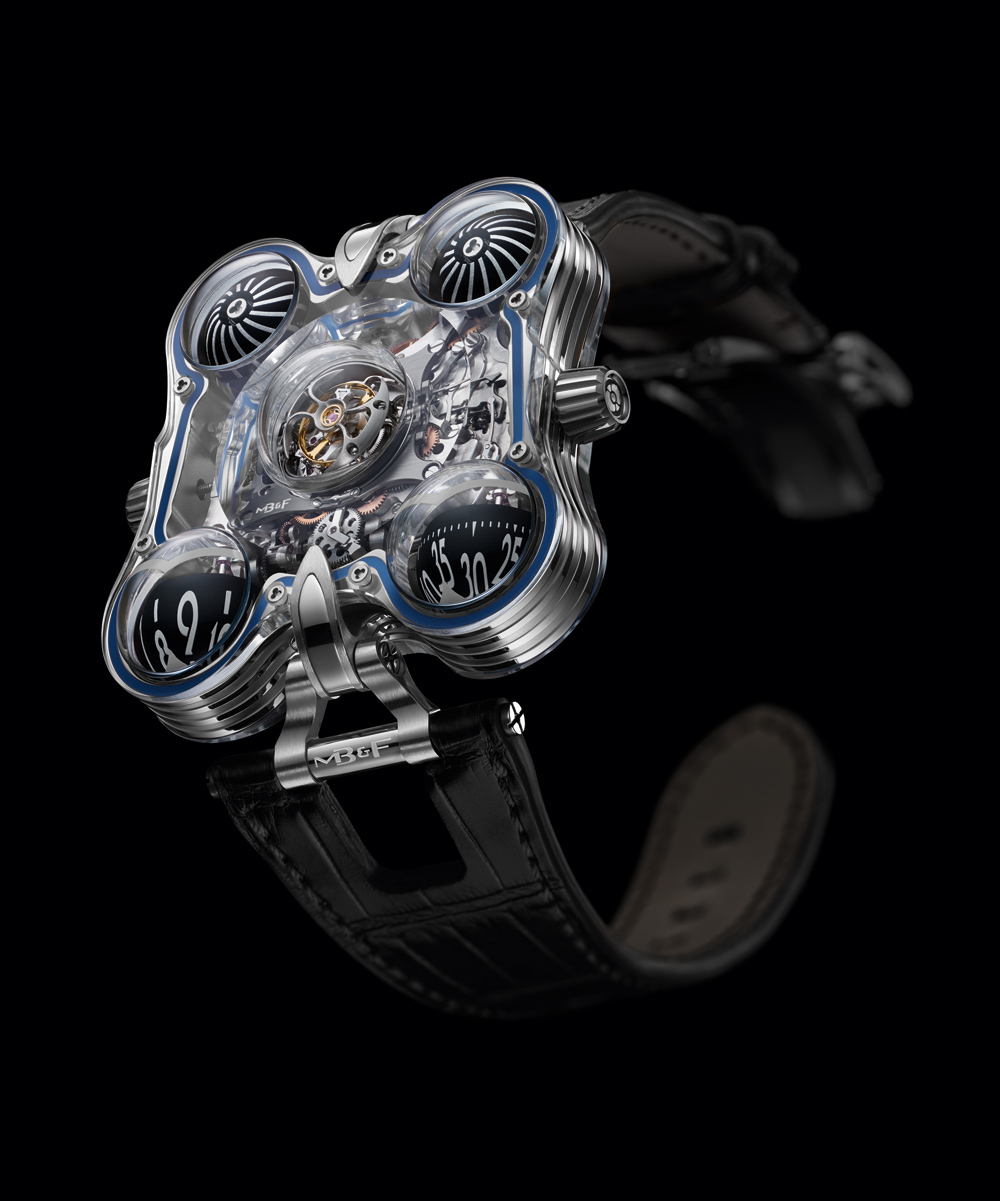
WT: What thoughts went through your mind?
MB: I was uncertain. Belmont looked me in the eyes and said, “You have to decide something in your life. Do you want to be one of 200,000 other employees in a big corporation? Or do you want to be one of us, one of the four or five individuals who will save Jaeger?” The next morning I phoned him and said, “Okay.” That might well have been the first time in my life that I made a decision with my gut rather than with my head. I had become a very rational Swiss. But I’m really only half Swiss. My mother is from India. I suppose my Indian genes kicked in when I made that decision.
WT: So you began working in a typically Swiss industry that seemed to offer little perspective for the future?
MB: What we did was crazy and unreasonable. It had no practical use. But it was beautiful! And it involved incredibly beautiful handcraftsmanship. It also involved saving people’s jobs and keeping knowledge alive that would otherwise have vanished forever. I loved the work. Years later, I realized that Belmont had given a meaning to my life. Most people work because they need to earn money. Very few people see a deeper meaning in their jobs. I worked unceasingly. I was happy. But one day I got a phone call from a headhunter who seeks candidates exclusively for positions in top management. I was curious. I went to Geneva and by the end of our first discussion, they told me, “You’re definitely 10 years too young.” I was 31 at the time. “But we’ll consider you for the job of CEO at Harry Winston Timepieces.” I felt totally relaxed when I walked into the job interview at Harry Winston because I was sure I didn’t have the slightest chance. Much to my surprise, I got the job. But what should have been the most beautiful day in my professional life turned out to be my worst nightmare. Harry Winston Timepieces was nearly bankrupt in 1998. I told the people at Harry Winston in New York, “This whole thing here is a catastrophe. We have the wrong products, the wrong suppliers, and the wrong dealers.” And they said, “It’s your catastrophe now. You’re the boss. Fix it.”1999 was absolutely the most awful year in my entire life. I worked like a madman. And within three months time, I had a stomach ulcer. After 18 months, we were able to stabilize the company with a small team. We increased revenues at Harry Winston Timepieces from eight to 80 million dollars between 2000 and 2005. We hired new people and opened a manufacture. Furthermore, in 2001 we developed the Opus concept, for which we annually collaborate with a master watchmaker to create an unconventional watch. I should have been the happiest man in the world.

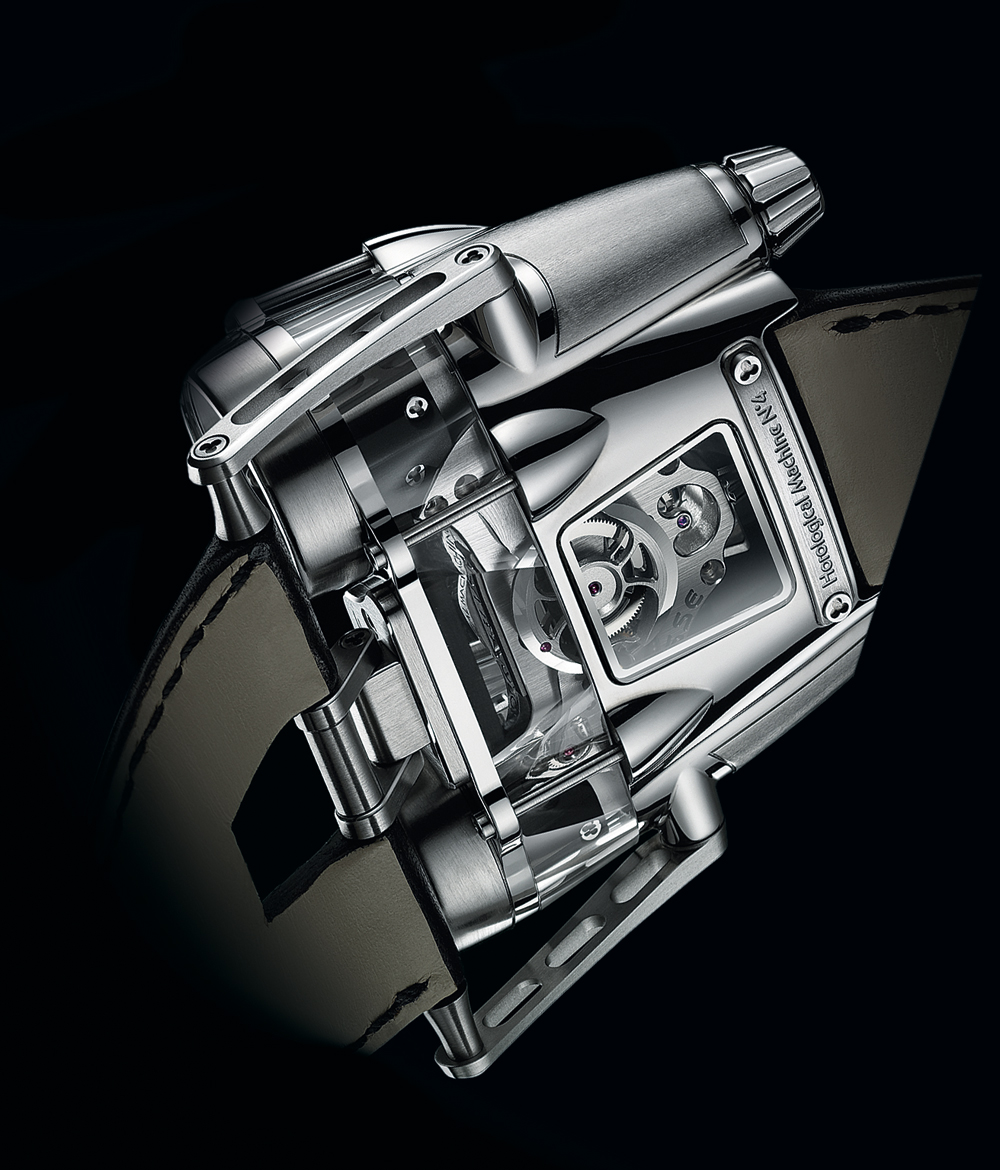
WT: You make it sound as though you weren’t.
MB: I don’t come from a wealthy family. My goal has never been to have heaps of money. I simply wanted to be happy. But now I had recognition, power, and a high income. The more we grew and the more success I had, the less happy I was. That was hard to accept. Then many things happened. My father died in 2001. Unfortunately, I never got along well with my father. When he died, I wept for 12 seconds and then I went on with my life. After all, I was an adult and a CEO. A few years later, I happened to see a TV show about a son who loses his father and I started to cry like a baby. I definitely had not processed the issue. So I started therapy. What followed were 18 incredible months of self-knowledge. At some point, my therapist asked me, “If you were run over by a bus tomorrow, what would you regret?” I thought about it and I realized that I would regret a thousand things. Above all, I became aware that I had sold the creative little boy who I used to be. I had become a marketing man. I wasn’t creative anymore. I only looked at the market. Something else became clear to me, too. Although I never had a good relationship with my father, my parents were the most respectful and most honest people I’ve ever known. When you work in the business world, you deal with some terrible people. You have to accept things in your professional life that you would never accept in your private life. That felt totally dishonest to me. If I want to be proud of my life, I’ve got to change that. That’s why I named my brand “Max Büsser & Friends.” I wanted to work with people who shared my values. And I understood that although I’m quite a good manager, I don’t want to be a manager. I want to be a creator. That’s why I made my dream come true: to have my own small business without middle management. That’s exactly what we are at MB&F today. We’re four directors. Everybody else reports directly to us.
WT: The company you founded isn’t a conventional watch brand.
MB: I believe that watchmaking is art. The rest is unimportant. We don’t develop timepieces to show what time it is. We don’t devote three years to R&D, followed by 18 months fabricating 600 components and manually finishing and embellishing them, and then four to six weeks for a master watchmaker with 20 years of experience to painstakingly assemble everything merely to give the world something that a cellphone can do better. What we do is: we create a work of art. And if it’s an artwork, then why shouldn’t we experiment? My idea is to make kinetic sculptures, mechanical artworks that also show the time. The precision of our timepieces is, in fact, quite good. But that’s not what they’re all about. The first years were arduous. We were on the verge of bankruptcy several times. Now MB&F is 12 years old and has 21 employees. The past three years were incredible. We reached my business goal in 2013. When I founded the company, I wanted to get to the point where we produce 300 timepieces per year, annually turn over 15 million Swiss francs and employ a staff of 15. When we reached that point in 2013, I said to my team, “We’re going to stay right here. We’re not going to grow any bigger.” We develop more new pieces than ever. We reinvest every cent. My salary is half as high as it was at Harry Winston. And I’ve never been so happy.
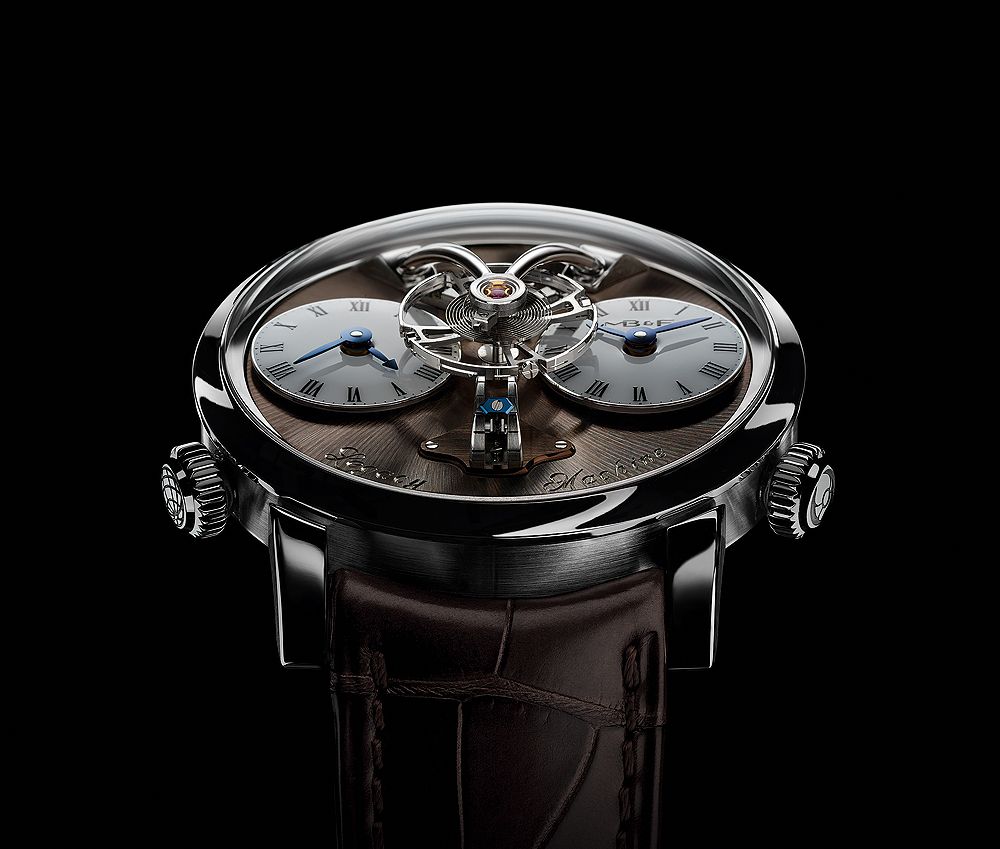
WT: Did you expect to reach so many people with these horological artworks?
MB: I hadn’t the slightest inkling. I’m proud to have developed a series of pieces that I imagined no one would want to buy. Especially for the HM4, the Thunderbolt: I thought nobody is ever going to buy this one. It’s much too crazy. It’s comfortable to wear, but it’s gigantic. When I showed the watch to the dealers in Basel, they asked me if we had anything else to show them. We said, “No.” And the dealers walked out. To amortize this watch, we need to sell 25 of them each year. Twelve were ordered in Basel. And then a miracle happened. We launched the watch in July and we sent out press releases. Suddenly we received emails, the telephone was ringing off the hook, and people were asking us about this crazy watch. There were waiting lists. For me, this was a sign. I don’t believe in God, but I do believe in people. Suddenly I knew: It’s going to work out. I understood: If I design something that I’m afraid will ruin us, it usually turns out to be our bestseller. There are some people who understand what we’re doing. And there are other people who don’t. For every 10 who do, there are 90 who don’t.
WT: It takes understanding to want one of your watches, but it takes plenty of cash to actually buy one.
MB: Indeed. I personally cannot afford my watches. What I’m wearing on my wrist right now costs as much as I earn in an entire year. As the father of two children, I would never spend that much on a wristwatch.
WT: Does your concept also touch a nerve because people nowadays are very receptive to mechanical devices as an antithesis to the omnipresence of digital gadgets?
MB: I believe there’s a heightened receptivity for authentic things. We’re so strongly bombarded by marketing. When a person sits down, tells his life story and explains how a product is actually made, then he finds people who appreciate that. Of course, you’ve got to have the necessary money to buy an MB&F timepiece. For each customer who can afford one of our pieces, there the thousands of fans who don’t have enough cash. And we take as much time for them as we possibly can because our community is more important than anything else. As soon as someone understands who we are and becomes a member of our community, we’re very grateful. Because without this community, I wouldn’t be sitting here in front of you right now. Our authenticity is important to this community. When I create something, I’m not thinking about a particular customer or about the market. We never make commissioned pieces. No matter how much money someone might offer us, I say, “No. This is my story. Not yours.” If I were a painter and you liked my blue painting, would you come to me and ask me to paint the same picture in red?


WT: How is the work process divided between you and the friends of Max Büsser? What do you do and what do the others do?
MB: The friends do everything. I have only two skills. First, I can think differently than most other people. I’ve been able to do that ever since childhood. I suffered because of it. I was the kid who didn’t belong. And I also have a second ability: I know how to bring great people together. I have an idea for a new piece. I sketch it (poorly!) and then we get together and begin making a 3-D model. We take that to the design engineers. At first, they used to say, “You’re crazy.” Now they say, “That’s cool.”
WT: Do you use the word “friends” to denote everyone who works on your pieces: i.e., your company’s employees as well as outside suppliers?
WT: Everyone who contributes their work to help transform my dream into reality belongs to the family. I would be nothing without each individual link in the chain. I would like to preserve what we all learned from our parents: Treat people the way you would want them to treat you. If I were a supplier, I would be pleased if what I had done were communicated. But hardly anyone does that. We do: We name the names. My moral compass keeps me oriented in business life.
WT: You could also develop mechanical artworks that don’t show the time of day. Why do you remain loyal to the concept of time measurement?
MB: I think there are two answers to that question. First, I’ve become intimately merged with watchmaking: I love it. It made me what I am. Second, the watch is my canvas. I can’t sing, I can’t write and I can’t paint. I have none of the talents that one ordinarily describes as artistic abilities. But when somebody gives me a watch’s movement, it all happens totally naturally: That’s who I am, that’s what defines me.
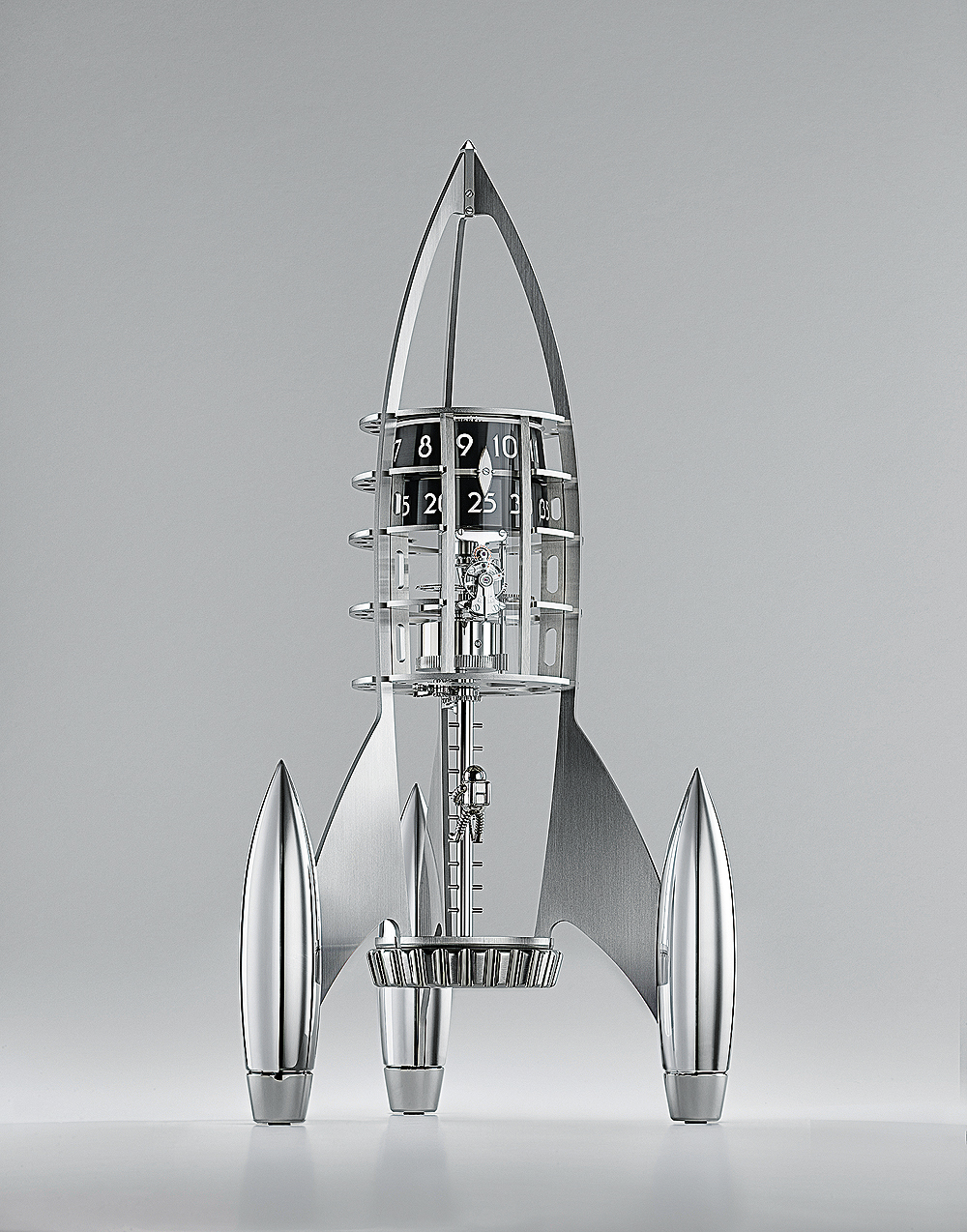
WT: One frequently hears talk about your enthusiasm for science fiction. What’s that all about?
MB: I was a very lonely child. I was always alone in my room and I needed a survival mechanism to keep me from going crazy because I had no friends and my father paid no attention to me. One of the things that saved me was that I had a very vivid conception of an imaginary life. I was a superhero and I saved the world at least once each day. I still want to do that today. Star Wars, Star Trek, Thunderbirds: I never said, “I want to make a clock that looks like a spaceship. I want to remember my childhood.” So I sketch something that comes to mind, I look at it, and I analyze myself. Where does that come from? I was a geek. I wanted to design automobiles. Now we have three timepieces that have to do with cars. I built model airplanes. Later I developed the Thunderbolt. To create something is like psychotherapy for me. Many people think I’m a science-fiction fanatic. That’s not so, but the world of science fiction shaped me. The motto of MB&F is “a creative adult is a child who survived.” I try to understand how children who are 100-percent creative become such boring adults.
WT: How does the concept of the Horological Machines differ from the concept of the Legacy Machines?
MB: When I founded MB&F, we made only the Horological Machines, i.e., the kinetic sculptures. Then I suddenly had a whim and I designed the LM1, the first Legacy Machine. Eric Giroud, the designer I worked with, said, “I don’t know what that’s supposed to be.” And then he left. My technical director said, “I didn’t come to MB&F to make a round timepiece.” I said to my team, “That’s all the same to me. We wouldn’t be sitting here today if the great master watchmakers of the 18th and 19th centuries hadn’t developed all of those extraordinary timepieces. They were the real inventors. We only make rehashes – and most of them are less beautiful than the originals.” The new concept was meant as a tribute to the great watchmakers of the past.
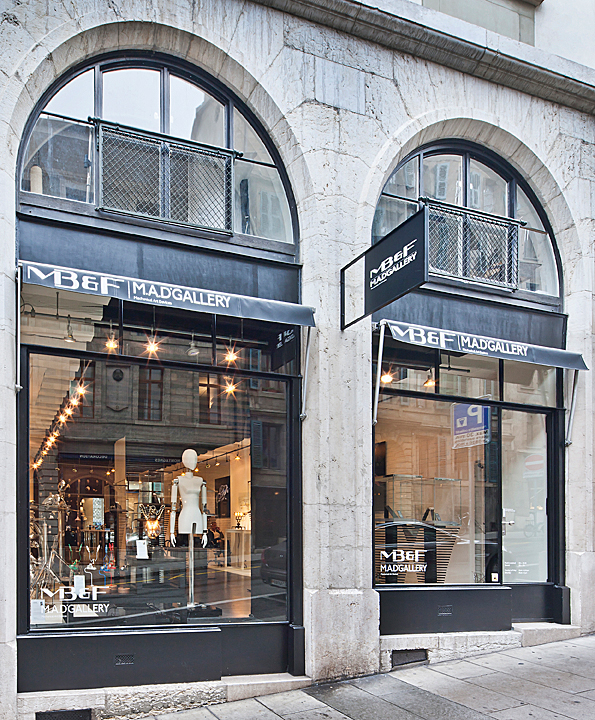
WT: What is the principle behind the collaborations between MB&F and other companies, for example, the table clocks that you developed with L’Epée?
MB: I was a juror for graduation projects at ECAL, the university of art and design in Lausanne. I saw some of the young people there and I thought, “Wow, they’re incredibly talented!” One of them asked me if he could do an internship with us. I’ve learned one thing in life: When you meet somebody who has talent, don’t send him away. That would be a shame. Do something with him. So I thought, “Let’s start something new!”Now each year we take one of the best students from ECAL’s graduating class, someone who has a bit of sense for mechanical things, and we offer him a six-month internship. All co-creations are developed by these young designers. And we always explicitly mention their names. That’s helpful for their careers. This is one of my ways of giving back.
WT: What was the idea behind the opening of your MAD Galleries?
MB: We opened the first MAD Gallery here in Geneva in 2011. Many people didn’t understand our work at that time and I thought to myself, “Why don’t we gather other mechanical artists around us? When people see what these artists have created, perhaps they’ll understand what we do.”When a person buys a piece by one of these artists, the buyer doesn’t only acquire something for himself: he also helps the artist to continue working. He becomes part of the creative process. At first, we wanted to use the MAD Gallery to explain what we do. In the meantime, there are three galleries: one each in Geneva, Taipei, and Dubai. They, too, embody opportunities for me to give back. Hardly any of the artists whose work we display can make a living from his art. I often describe the MAD Gallery as an orphanage. The whole thing also has to do with the fact that I’m getting older and I’m successful. Many people helped me when I was young. Now it’s my turn.

You can check out the most recent timepiece innovations by MB&F at WatchTime Los Angeles, the west coast’s biggest watch collector event of the year, on May 3-4! Click here for information and tickets.




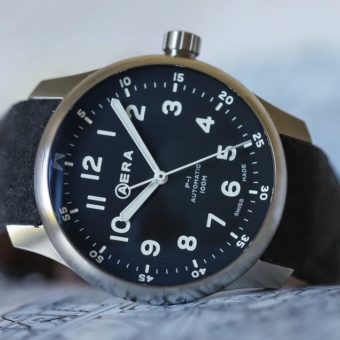


By 1994 (26 years ago), the mechanical Swiss watch industry was already well on its way to recovery? Or was it still at a stage where “nobody” wanted to buy a mechanical watch?
MB and F are watches built by genius art making. They came before the age of NOW generations! I loved machine 1.
“To create something, is like psychotherapy for me.”
More like psychopathy.
I admire his direction and can relate to his passion. For me, as a youth, it was the antique firearms that when were taken apart I found engraving hiidden in places that only another gunsmith would ever see. That is when I realized that there was a level of craftsmanship that engaged the spiritual. There is a level of satisfaction there inpervious to exterior opinion.